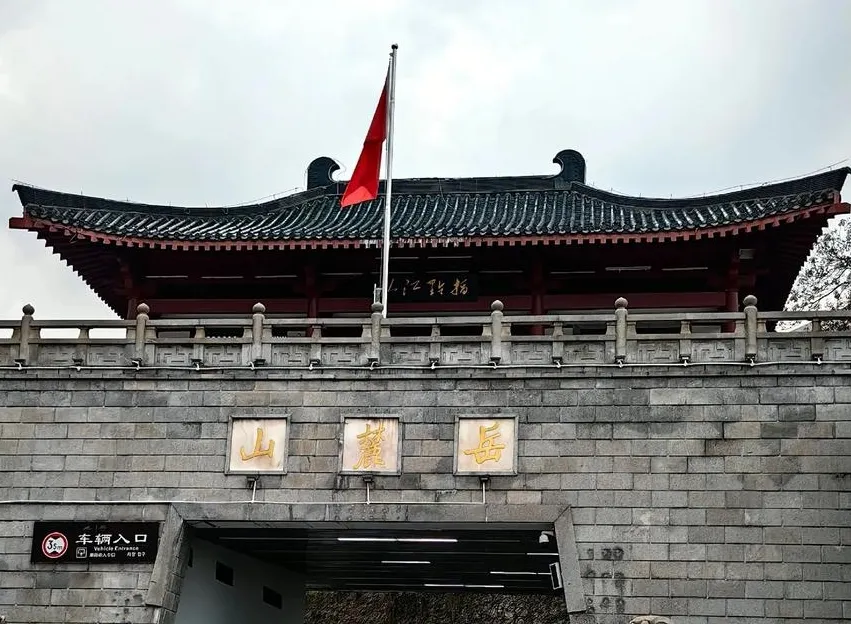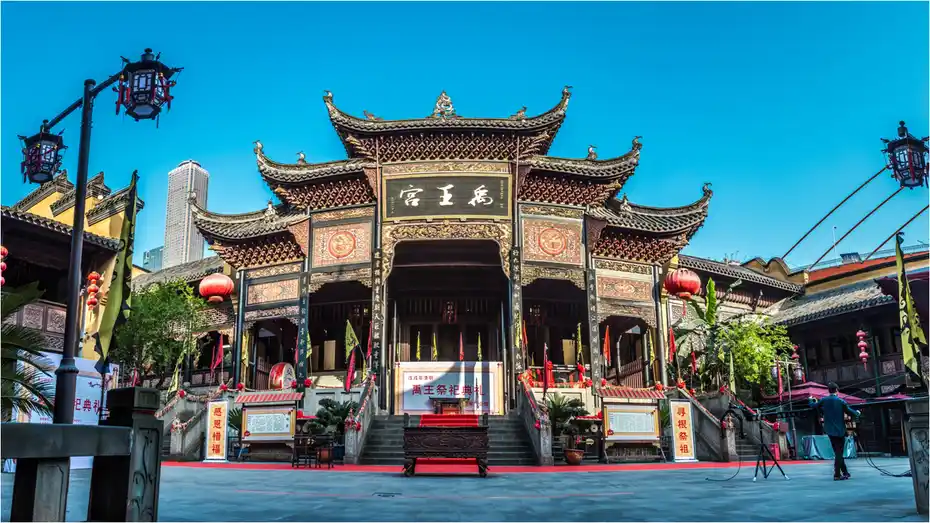Discover a Russian-Inspired Escape in Northeast China
Tucked away in the outskirts of Harbin, a city known for its icy sculptures and harsh winters, lies a cultural oasis unlike any other. Harbin Volga Manor offers visitors a unique blend of Russian architecture, natural beauty, and immersive historical experiences. While most tourists flock to the famous Ice and Snow World, this hidden gem remains under the radar—yet it’s quickly gaining attention among travel enthusiasts and photographers.
This article explores why Harbin Volga Manor deserves a spot on your travel itinerary. From its architectural charm to seasonal events and photo opportunities, we’ll dive into what makes this destination stand out. Whether you’re planning a weekend getaway or researching off-the-beaten-path locations in China, this guide will help you understand the appeal and practical value of visiting.
If you’re aiming to capture authentic moments, learn about cross-cultural influences, or simply escape urban life, Harbin Volga Manor provides a refreshing alternative to conventional tourist spots. Let’s explore what awaits within its scenic grounds.
A Glimpse into the History of Harbin’s Cultural Fusion
Harbin’s identity has long been shaped by Russian influence. In the early 20th century, the construction of the Chinese Eastern Railway brought thousands of Russian workers, engineers, and families to the region. This migration left a lasting mark on the city’s architecture, cuisine, and culture.
While downtown Harbin showcases remnants of this era—like Saint Sophia Cathedral—the Volga Manor takes the experience further. It recreates an entire village inspired by rural Russia, using traditional wooden craftsmanship and design elements from the 19th century.
The site was developed as both a heritage project and a tourist attraction. Rather than merely replicating buildings, the creators aimed to evoke the spirit of old-world Slavic life. Walking through the estate feels like stepping into another time and place.
Today, it stands as a symbol of Sino-Russian friendship and cultural exchange. Understanding this background enriches the visitor experience and adds depth to every photograph taken or story shared.
Architectural Beauty Rooted in Tradition
One of the most striking features of Harbin Volga Manor is its authentic Russian-style buildings. Constructed primarily from timber, these structures reflect classic designs found in the countryside of Russia, particularly around the Volga River region.
Brightly painted facades, ornate wood carvings, steeply pitched roofs, and intricate window frames define the aesthetic. Each building serves a purpose—some house museums, while others function as cafes or gift shops.
Notable examples include:
- The St. Nicholas Church replica – modeled after the original that once stood in central Harbin
- Traditional dachas (country homes) used for exhibitions
- A windmill and bell tower offering panoramic views
These structures are not just decorative; they’re built using traditional joinery techniques without nails, showcasing the skill of local artisans. The attention to detail makes the manor a favorite among architecture buffs and history lovers alike.
Even in summer, when snow isn’t present, the vibrant colors pop against green lawns and clear skies. In winter, the scene transforms into a fairytale landscape blanketed in white.
Seasonal Highlights That Keep Visitors Coming Back
Harbin Volga Manor changes dramatically with the seasons, offering distinct experiences throughout the year. Spring brings blooming flowers and soft light ideal for photography. Summer turns the grounds into a lush retreat perfect for strolls and outdoor dining.
But it’s during autumn and winter that the location truly shines. The fall foliage paints the park in golden hues, creating a romantic atmosphere often compared to European countryside villages.
Winter, however, is the star season. When temperatures drop, the manor becomes a snow-dusted wonderland. Icicle-laden trees, frozen ponds, and softly glowing lanterns enhance the magical ambiance.
Special events also draw crowds:
- Snow sculpture competitions
- Christmas-themed markets
- New Year celebrations with fireworks and performances
Unlike the crowded ice festival downtown, Harbin Volga Manor offers a more intimate setting where guests can enjoy winter festivities at a relaxed pace.
Photography Paradise Amidst Scenic Landscapes
For photographers, amateur or professional, Harbin Volga Manor is a dream destination. The combination of architectural symmetry, natural backdrops, and seasonal variety ensures endless creative possibilities.
In the morning, soft sunlight filters through pine trees, illuminating frost-covered rooftops. By afternoon, long shadows create dramatic contrasts across wooden walls. At dusk, warm interior lights glow through frosted windows—a scene straight out of a holiday card.
Popular photo spots include:
- The bridge over the small lake reflecting the church
- The main avenue lined with snow-covered birch trees
- The courtyard surrounded by colorful cottages
Tripods are welcome, and there are plenty of quiet corners to set up the perfect shot without distractions. Many influencers and wedding photographers now choose this location for editorial shoots.
Even smartphone users can capture stunning images thanks to the well-maintained surroundings and thoughtful landscaping.
Cultural Experiences Beyond the Visual Appeal
Visiting Harbin Volga Manor isn’t just about sightseeing—it’s about immersion. The site hosts regular cultural activities that allow guests to engage with Russian traditions firsthand.
You might attend a live folk music performance featuring balalaikas and traditional dances. Others may prefer trying their hand at matryoshka doll painting or learning basic phrases in Russian during interactive workshops.
Dining options add another layer of authenticity. Restaurants within the complex serve dishes like borscht, pelmeni, and black bread—many prepared using imported ingredients or time-honored recipes.
Some visitors report that the food rivals what they’ve tasted in Moscow or St. Petersburg. Pair a warm bowl of soup with a view of falling snow, and you’ve got a moment worth remembering.
These experiential offerings differentiate Harbin Volga Manor from static museum-like attractions. It’s a living, breathing celebration of culture—not just a visual display.
How to Plan Your Visit: Tips for Travelers
To make the most of your trip, proper planning is essential. Harbin Volga Manor is located about 30 kilometers east of downtown Harbin. Public transportation options exist, but renting a car or hiring a taxi offers greater flexibility.
Admission fees are reasonable, typically ranging from ¥60–¥80 depending on the season. Children and seniors often receive discounts. Tickets can be purchased online or at the gate.
Best times to visit:
- Morning hours (8–10 AM): fewer crowds, best lighting
- Weekdays over weekends
- Late November to February for full winter effect
Wear warm, layered clothing if visiting in winter. Bring gloves, a hat, and waterproof boots. Don’t forget extra batteries—cold drains them quickly.
Also consider combining your visit with nearby attractions like Phoenix Mountain or Yabuli Ski Resort for a full-day itinerary.
Why Harbin Volga Manor Stands Out Among Tourist Spots
In a country filled with ancient temples and modern megacities, Harbin Volga Manor carves its own niche. It doesn’t compete with the Great Wall or the Forbidden City—instead, it offers something rare: a peaceful, culturally rich escape rooted in international heritage.
Its success lies in authenticity and attention to detail. Unlike themed parks that feel artificial, this destination respects its source material while adapting it for contemporary audiences.
Moreover, it appeals to diverse traveler types—from couples seeking romance to families wanting educational fun. Its photogenic nature also boosts visibility on social media, contributing to organic growth in popularity.
As China continues promoting cultural tourism, places like Harbin Volga Manor exemplify how regional stories can attract global interest.
Final Thoughts: Make It Part of Your Harbin Adventure
Harbin Volga Manor is more than just a scenic detour—it’s a meaningful addition to any visit to northeastern China. Whether drawn by architecture, history, photography, or seasonal charm, travelers find something memorable here.
It reminds us that travel is not only about ticking off landmarks but also about experiencing different worlds, even if they’re recreated far from their origin.
When planning your Harbin trip, allocate half a day to explore this enchanting estate. Arrive early, take your time, and let the atmosphere sink in. You’ll leave not only with photos but with a deeper appreciation for cultural fusion and creative storytelling.
And who knows? You might just discover your own hidden gem within this one.



